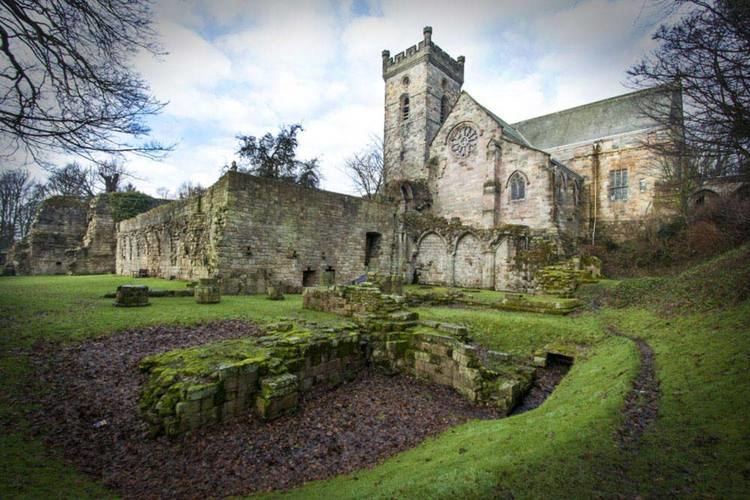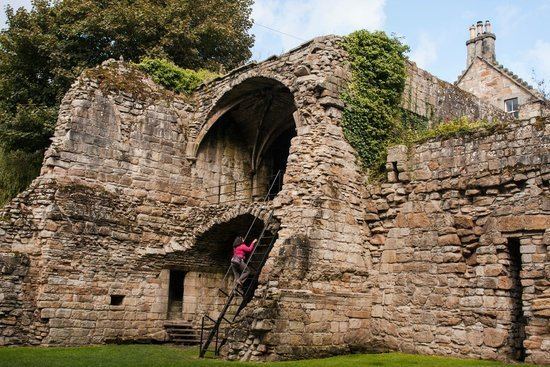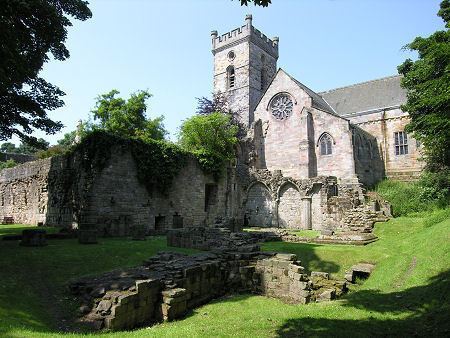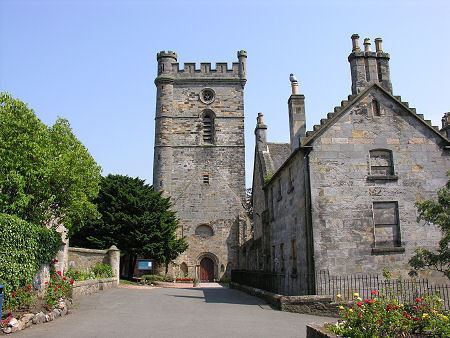Disestablished 1589 | Diocese Archdiocese of St Andrews | |
 | ||
Similar Culross Palace, Kinloss Abbey, Balmerino Abbey, Dunimarle Castle, Dunfermline Abbey | ||
Haunted culross abbey 2016 scotland
Culross Abbey is a former Cistercian abbey in Culross, Scotland, headed by the Abbot or Commendator of Culross. It is still used as the local parish church by the Church of Scotland.
Contents

The ghosts of culross abbey
History
The abbey was founded in 1217 by Malcolm I, Mormaer or Earl of Fife, and was first colonised by monks from Kinloss Abbey. Culross may have been chosen to establish an abbey because this was the birthplace of Saint Mungo. It is evident that the abbey was built over the earlier Pictish church supposedly founded by Saint Serf in the 6th century, as witnessed by the presence in the ruined Cistercian church of early medieval carved stones and from a ninth-century reference to a church of St Serf at Culross (Cuileann Ros) in a Gaelic list of the mothers of various saints.

The original 13th-century abbey was cruciform in plan, without aisles. By the late 15th century the lay brothers had left, and the abbey community consisted of only choir-monks. The western half of the abbey was therefore abandoned, and the nave was demolished around 1500. In 1633 the east choir of the abbey was taken over for use as a parish church, while the adjoining buildings fell into decay.

In 1642 the north transept was converted into a tomb house by Sir George Bruce, Laird of Carnock. Alabaster carved effigies of him, his wife, and eight children can still be viewed there today. The abbey was restored in 1823, although many original features were removed, including the transept chapels. Another restoration took place in 1905, which reinstated the chapels and left the buildings much as they can be seen today. The eastern parts of the church are still in use for worship, and are generally open to the public.

A Ley tunnel is believed to exist beneath the abbey, and within is said to sit a man in a golden chair waiting to give valuable treasures to anyone who succeeds in finding him. According to one story, many years ago a blind piper decided to try and upon entering at Newgate with his dog he proceeded to search and could be heard playing his pipes as far as the West Kirk, three quarters of a mile away. Eventually the dog emereged into the daylight, however the piper was never seen, or heard of, again.
Current use
The remaining ruins of the abbey are now in the care of Historic Scotland. The remaining intact part of the Abbey is used by the Church of Scotland as the local parish church; the current minister (since 2009) is the Reverend Jayne Scott.
The church contains stained glass in the main east window by the Edinburgh company of Ballantyne & Son, plus several modern stained glass windows.
The Abbey has played host to a number of cultural events, including an inaugural concert by Fife Opera.
